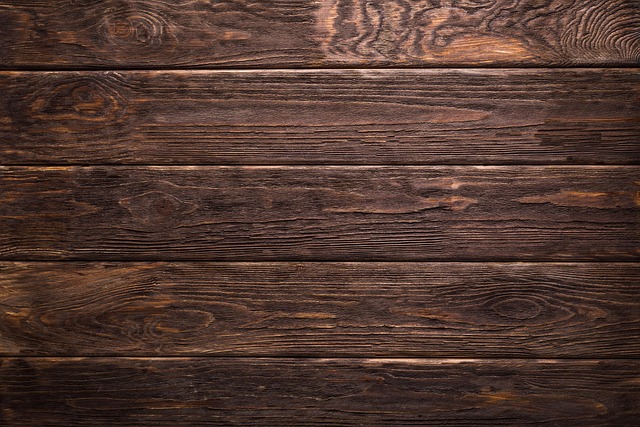Imagine stepping into a sunlit studio, the scent of oil paint hanging in the air, brushes scattered across a wooden table. Each stroke carries a whisper of history, and every ridge on the canvas invites you to explore its layers. In the world of Painting, texture becomes more than a visual device—it’s a bridge between tradition and modernity, a tactile pulse that resonates with our deepest cultural instincts.
Texture in Fine Arts Tradition
From the impasto richness of Baroque masters to the delicate reliefs in Renaissance frescoes, historical painters understood the power of texture. Rubens sculpted his subjects with thick, expressive layers of pigment, while Michelangelo’s frescoes achieved depth through subtle textural shifts. These techniques did more than capture light; they invited viewers to feel the weight of a flowing robe or the tension in a calf muscle.
“Painting is poetry that is seen rather than felt, and poetry is painting that is felt rather than seen.”
— Leonardo da Vinci
Weaving Culture into Every Stroke
Across continents, texture serves as a silent storyteller. In East Asian ink paintings, vellum’s porous surface absorbs wash and gradation uniquely, reflecting philosophies of impermanence. Indigenous Australian dot painting uses layers of pigment to echo Dreamtime narratives, each dot a tangible echo of ancestral memory. Texture in these works carries the weight of identity, rituals, and collective memory, connecting artist and observer to a broader cultural tapestry.
Modern Explorations of Surface
Contemporary artists push the concept of texture even further. Consider abstract expressionists who fling pigment onto unstretched canvases, creating chaotic eruptions of color and grit. They challenge the viewer to trace trails of paint with their eyes, reconstructing emotion through uneven surfaces. Meanwhile, mixed-media creators embed found objects—fabric scraps, metallic leaf, digital prints—transforming the painting into a three-dimensional encounter.
- Experiment with layering: Combine acrylic gels with sand or textile to achieve unexpected relief.
- Play with contrast: Juxtapose glossy varnishes against unprimed canvas to heighten sensory impact.
- Honor heritage: Integrate traditional materials like gold leaf or natural pigments to reference cultural roots.
Bringing Texture into Your Practice
As a painter, tapping into the power of texture means embracing both the familiar and the uncharted. Start by closing your eyes and running your fingertips over a test patch of paint. Notice how thick strokes feel different from translucent washes. Let that sensory discovery guide your next creation—whether you’re crafting a vivid portrait or an abstract meditation.
In this dynamic dialogue between past and present, texture becomes your most intimate collaborator. It invites viewers to not only see your work but to sense its heartbeat—an invitation to step closer, to immerse themselves in the layered story you’ve woven.




